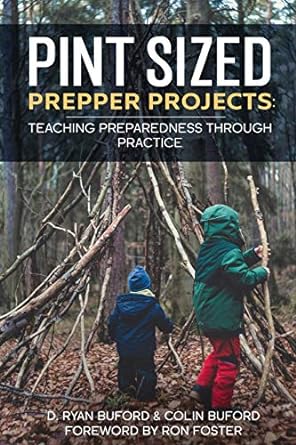[ARTICLE]: Avoiding Frostbite, Hypothermia, and Cold Weather-Related Emergencies
Avoid unnecessary exposure of any part of the body to the cold. Get out of the cold immediately if the signals of hypothermia or frostbite appear.
Frostbite is the freezing of a specific body part such as fingers, toes, the nose or earlobes.
Signals of frostbite include -
lack of feeling in the affected area;
skin that appears waxy, is cold to the touch, or is discolored (flushed, white or gray, yellow or blue).
-
What to do for frostbite
- Move the person to a warm place.
- Handle the area gently; never rub the affected area.
- Warm gently by soaking the affected area in warm water (100-105 degrees F) until it appears red and feels warm.
- Loosely bandage the area with dry, sterile dressings.
- If the person's fingers or toes are frostbitten, place dry, sterile gauze between them to keep them separated.
- Avoid breaking any blisters.
- Do not allow the affected area to refreeze.
- Seek professional medical care as soon as possible.
Hypothermia is another cold-related emergencies. Hypothermia may quickly become life threatening.
Hypothermia is caused by the cooling of the body caused by the failure
of the body's warming system. The goals of first aid
are to restore normal body temperature and to care
for any conditions while waiting for EMS personnel.
Signals of hypothermia include -
shivering, numbness, glassy stare;
apathy, weakness, impaired judgment;
loss of consciousness.
-
What to do for hypothermia
- CALL 9-1-1 or the local emergency number.
- Gently move the person to a warm place.
- Monitor breathing and circulation.
- Give rescue breathing and CPR if needed.
- Remove any wet clothing and dry the person.
- Warm the person slowly by wrapping in blankets or by putting dry clothing on the person. Hot water bottles and chemical hot packs may be used when first wrapped in a towel or blanket before applying.
Do not warm the person too quickly, such as by immersing him or her in warm water. Rapid warming may cause dangerous heart arrhythmias. Warm the core first (trunk, abdomen), not the extremities (hands, feet). This is important to mention because most people will try to warm hands and feet first and that can cause shock
Sources:
1). The American National Red Cross (1997) Emergency Response. St.Louis, MO: Mosby Lifeline/Mosby - Year Book
Inc.
2). The Red Cross >> http://www.RedCross.org/







